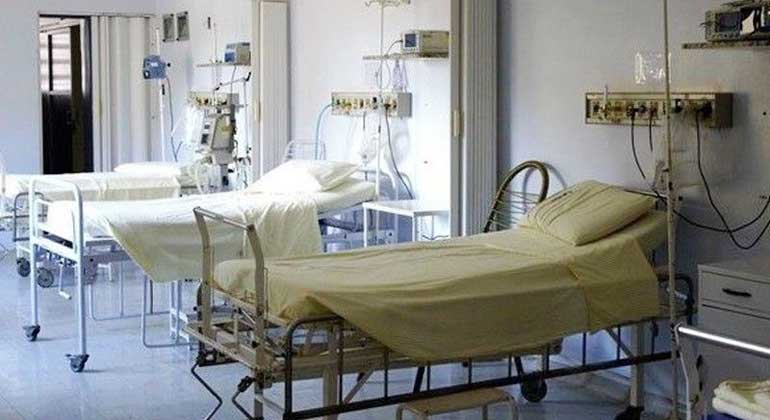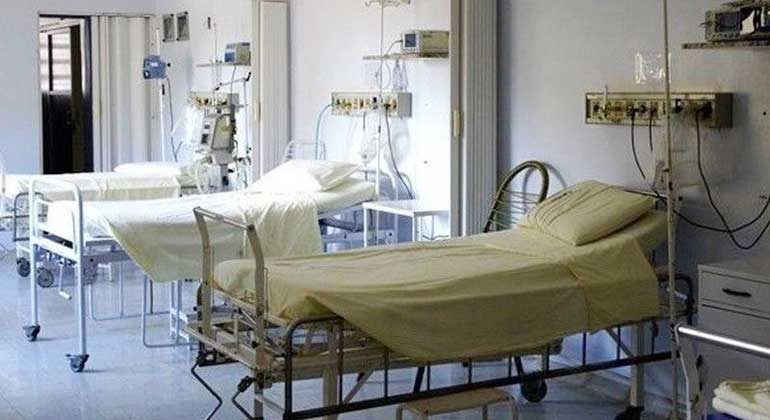
SPENDING on healthcare grew by 10.9% in 2019 to P792.6 billion, with most of the spending burden still on households, albeit to a lesser extent compared to 2018, the Philippine Statistics Authority (PSA) said Thursday.
Households still bore most of the spending burden for healthcare as private out-of-pocket spending (OOP) amounted to P379.73 billion, accounting for 47.9% of the total current health expenditures (CHE) last year. This was, however, less than its 51% share in 2018 with P364.24 billion coming from households out of the P714.77-billion CHE.
Meanwhile, government schemes and compulsory contributory healthcare financing schemes accounted for 42% or P332.8 billion. This was higher than the P279.79 billion in 2018, which made up 39.1% of the total that year.
Voluntary healthcare payment schemes followed with a 10.1% share last year, or P79.99 billion.
Each Filipino spent P6,662.2 for health-related expenses in 2019 — a 7.4% increase from P6,200.3 per capita expenditure in 2018.
UnionBank of the Philippines, Inc. Chief Economist Ruben Carlo O. Asuncion attributed the growth in OOP to households becoming more affluent amid robust economic growth.
“Note that our country’s economy had been growing for 74 straight quarters until the pandemic turned things upside down. This indicates the increasing capacity of people to spend on healthcare,” Mr. Asuncion said in an e-mail.
At the same time, Mr. Asuncion said it is possible that the increase in government-sponsored and required contributory healthcare financing schemes “may be making households divert spending away from direct expenditure on healthcare” as shown in the declining and increasing shares of OOP and public healthcare financing, respectively.
“However, more data need to be taken into account to actually know if these are actually affecting each other,” he added.
Among health providers, P345.5 billion or 43.6% of CHE were spent on hospitals, followed by pharmacies with P239.8 billion (30.3%), and providers of healthcare system administration and financing P58.9 billion (7.4%).
Healthcare spending was largest in the treatment of infectious and parasitic diseases at P245.21 billion or 30.9% of the total CHE. These diseases include respiratory infections, sexually-transmitted diseases, and vaccine-preventable diseases.
Meanwhile, noncommunicable diseases such as cardiovascular diseases, neoplasms, and mental and behavioral disorders among others, accounted for 30.1% of spending or P238.57 billion. Spending on reproductive health amounted to P97.68 billion or 12.3% of the total.
Aside from CHE, spending in the health sector also includes health capital formation expenditures — or assets that health providers have acquired and used in the production of health services. It totaled P113.48 billion or 12.5% of total health expenditures (THE) in 2019.
THE hit P906.03 billion in 2019, up 7.9% compared with the P839.72 billion posted in 2018. According to the PSA, it is equivalent to 4.6% of gross domestic product at current prices.
UnionBank’s Mr. Asuncion expects health expenses this year to be an “outlier.”
“Definitely, there will be an increase in healthcare spending, which is considered essential, especially during these unprecedented times. People will be buying items that they would not normally do, especially if they think it will safeguard their family from the coronavirus,” he said. — Angelica Y. Yang
